
A Comprehensive Guide to Waterfall Methodology
Waterfall Methodology is one of the most common models used in the System Development Life Cycle or SDLC. Its step-by-step structure makes it easy for you to plan, manage, and track any project from start to finish. Many software companies still prefer this model because it gives them a clear path and predictable results.
SDLC helps you build projects with better quality, lower cost, and less confusion. It breaks your work into organized stages so your team always knows what to do next.
In 2020, PMI reported 58% of projects used traditional Waterfall (vs. 23% Agile); by 2025, pure Waterfall has dropped to ~44% while hybrid approaches now dominate at ~35-40%.
In this article, you’ll see how Waterfall works, when you should use it, and how the right project management tool can help you apply it without stress.
Before we get into the details, let’s take a moment to understand what SDLC and Waterfall Methodology actually mean.
Introduction to SDLC and Waterfall Methodology

The System Development Life Cycle or SDLC is a structured process that helps you plan, build, test, and deliver a project with better quality and lower cost. Teams in software, manufacturing, and many other industries use SDLC because it gives them a clear path from idea to final output.
Different SDLC models exist, and each one offers its own way of organizing work. Some of the most common options include Waterfall, Agile, Lean, and Spiral.
What Is Waterfall Methodology?
Waterfall is the simplest and most traditional SDLC model. It follows a straight, step-by-step flow where you complete one phase before moving to the next. Winston W. Royce introduced this model in 1970, and its name comes from the way each phase “falls” into the next, much like a real waterfall.
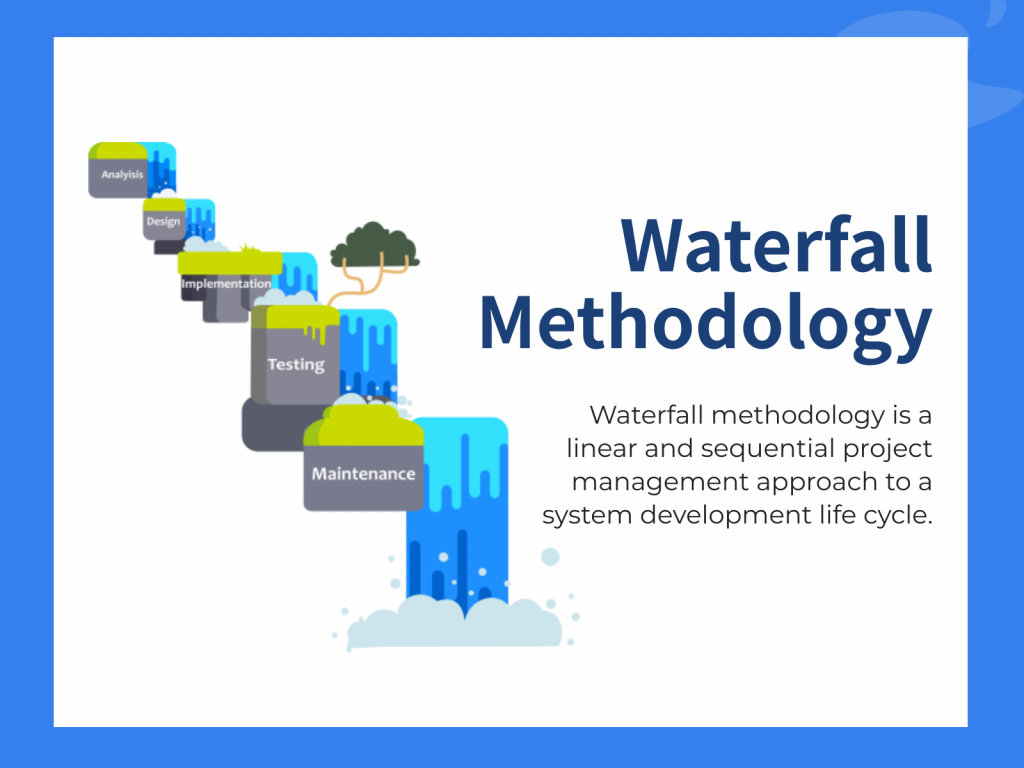
You plan everything up front, finalize your requirements early, and follow a clear sequence until the project is done. This makes Waterfall a strong choice when your final product is stable, predictable, and unlikely to change.
Factors That Make Waterfall Methodology So Popular

Every result has a reasoning. The fact that the Waterfall Methodology is one of the most popular SDLC models, despite being a traditional one, has to do more with its efficiency. If you know the outcome of a project before you start working on it, the waterfall Methodology will help make the process foolproof. Below are some more reasons for the popularity of the waterfall methodology.
- One of the most important reasons behind the popularity of the waterfall methodology is that the project stays rigid, so determining accurate cost and timeline becomes much easier before the start of the project.
- If the project stays stuck for more than the time needed, supervisors can always check the dependencies to get the process running again.
- Manufacturing companies tend to like it more because the design of the project is done early in the project, so there are little to no changes to the project during the implementation, making the whole project smooth.
- The whole process of the waterfall methodology is structured. Thus, everyone understands their role and when it should be done. This makes the project efficient and less time-consuming.
- Even if the project loses some key individuals, the team can quickly replace them because the design of the process and all the roles are defined in detailed documentation when the project is initiated.
There are many other reasons that one might want to use this model for their project. Now after knowing the reasons for the popularity, you might be wondering how you can use this methodology for your project. Well, you're in the right place.
Is The Waterfall Methodology Perfect for Your Projects in 2026?
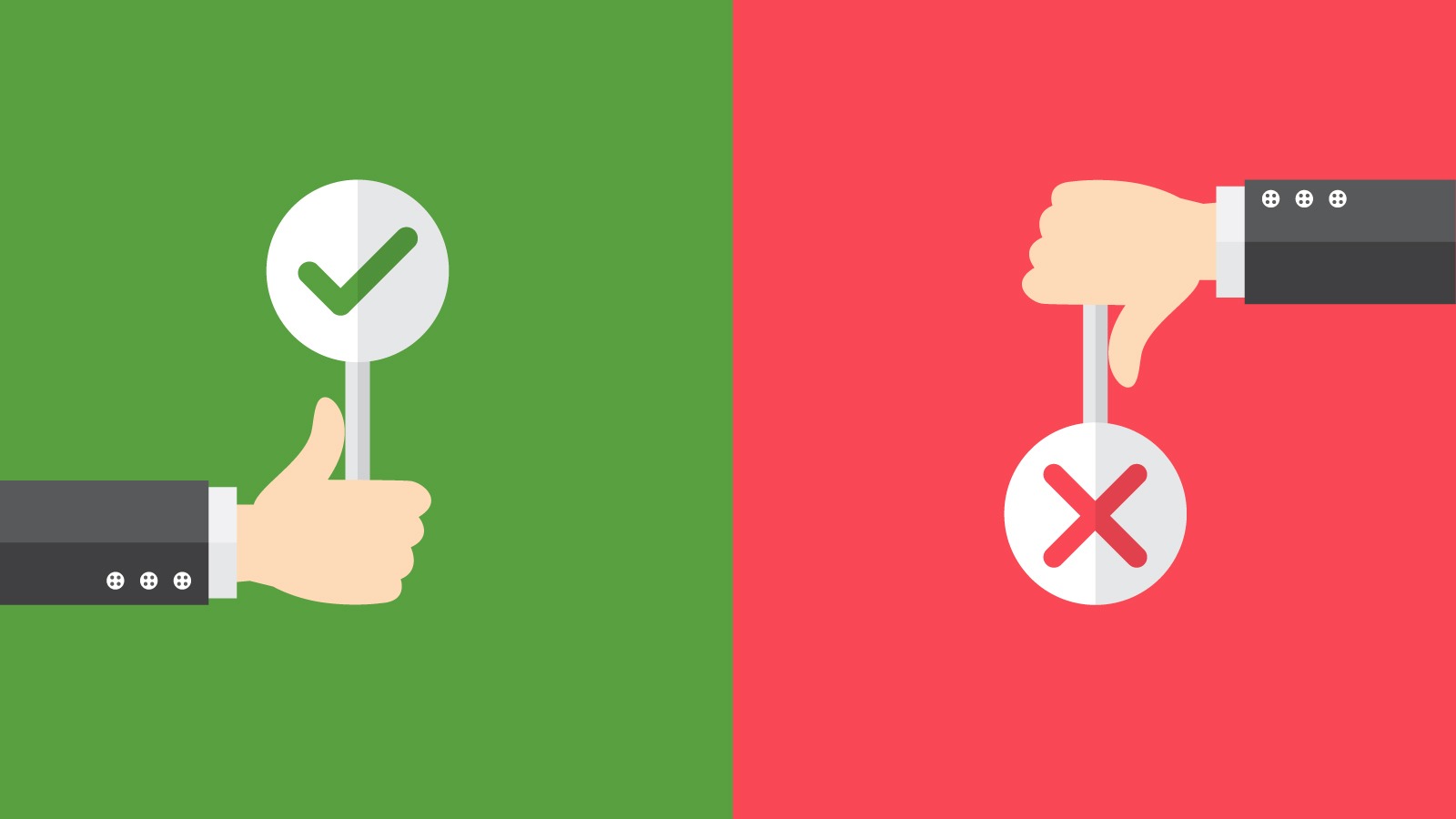
Like any other model. Waterfall Methodology also has its advantages and drawbacks. Here are the most notable ones. We will start with the advantages of the Waterfall Methodology first.
Managing Project is Easy: Managing a project is no easy task. But since waterfall methodology is not very flexible, and because it follows a sequential process, this model is very easy to manage. Every step of this model is rigid, thus you can track the progress at any time and get to know the exact process.
Predictability: Whether it is the project finish time, issues that might happen, project cost, what resource and tools will be needed, and when, all these data are highly predictable if you follow this acclaimed model.
Quality Assurance: A key advantage that makes waterfall methodology a popular SDLC model is the quality of the final product. Since every step of the project is tested thoroughly, the projects often produce the best quality products.
Now let's take a look at some of the disadvantages of using the Waterfall methodology.
Modification of a Part is Hard: Since the waterfall methodology follows a rigidly linear process, you can not change a part of the project if that phase is already completed. Thus, making changes or updates is very hard in this model.
Takes More Time: Unlike newer SDLC models, using the waterfall methodology means you'll have to spend more time planning for the project. So, to see the project in action, you will have to wait till almost the last part of the life cycle.
Now, to get a more insightful look into the waterfall methodology, you need to know how another methodology compares to this. And up next, we will show you how it fares against another popular methodology, Agile.
How to Use Waterfall Methodology to Ensure Best Quality at Lowest Cost
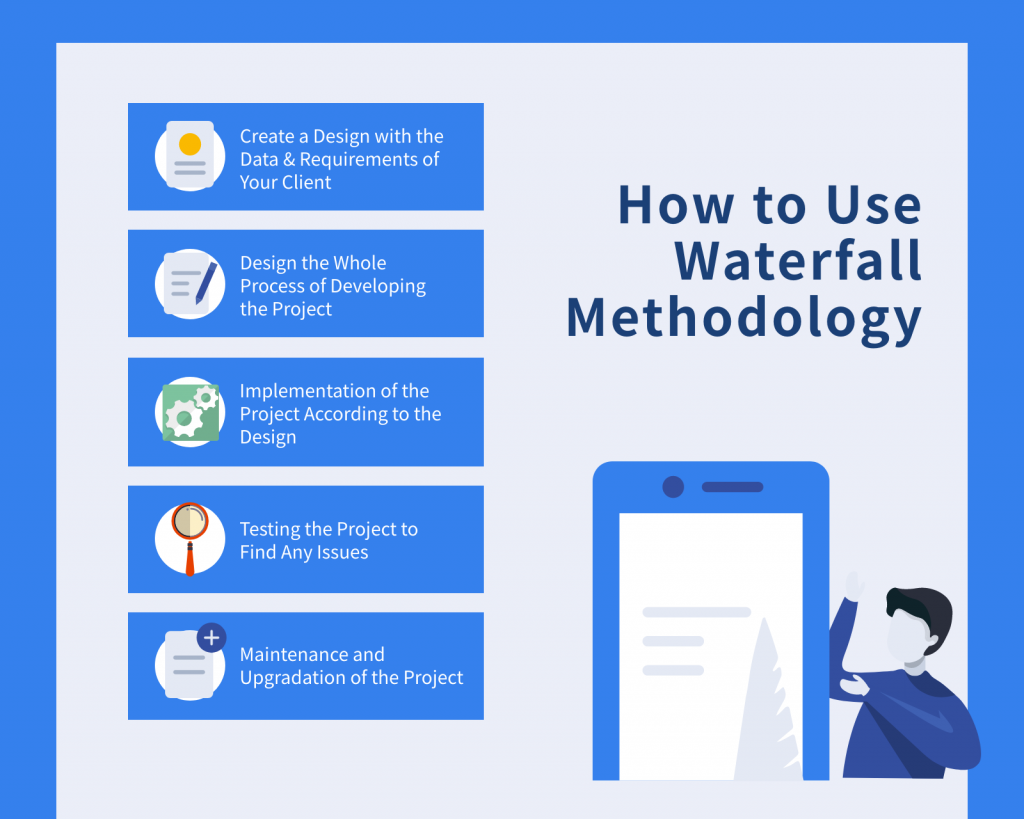
As you already know, depending on the type of your business, different SDLC models are appropriate for you. But if you have decided that the waterfall methodology is the most suited model for your business, you should know how to implement it. But for that, you should have clear ideas of the phases of the waterfall methodology and what each of them does.
Phases of Waterfall Methodology
As a sequential model, the Waterfall Methodology has several phases. The phases are distributed linearly, and you can not skip one to start the next. Depending on the needs of your business, the number of phases can vary from 5 to 7. The inventor of this model, Winston W. Royce, described 5 different phases. The phases of the waterfall methodology are as follows –
- Requirements
- Design
- Implementation
- Verification
- Maintenance
We already know that with the waterfall methodology, you will only be able to begin a phase after the previous phase is completed and absolutely no update is required. In order to help you with the ideas of developing a project using this methodology, we will go through the phases in the proper order.
Developing a Project with the Waterfall Methodology

Collecting the Requirements: The first phase of this methodology starts by meeting with clients or customers to determine the objectives of the project. The nature of the methodology is that you won't be able to get any more client feedback during the process. So you need to get as much data as you can during the initial meeting.
Designing the Product: The phase where you finalize the design of the product looks different from industry to industry. For software development companies, this is the phase where you choose the programming language, finish creating a design prototype of the product (not the actual product).
For most other industries, it is the phase where you decide the design of the working process and lists out the tools & resources needed for that.
Implementing the Project: This is the phase where actual work is done. With the help of early requirements and the provided design, the final product should be developed.
Testing the Product: The verification phase starts as soon as the product is developed. While the product shall be tested many times during the development process, the final verification is a must.
Apart from finding issues or bugs, in this phase, you will also compare the final product against the client's requirements. When you finally submit or share the project with the customer, make sure it is tested to the core and is ready to be used.
Maintenance: While you will have to scrutinize the project during the verification process, problems will arise. Even if new problems don't arise after you hand over the project, demand for new features will surely arise. In this phase, you will deal with such maintenance tasks.
Waterfall Methodology vs Agile Methodology- Which One to Go for
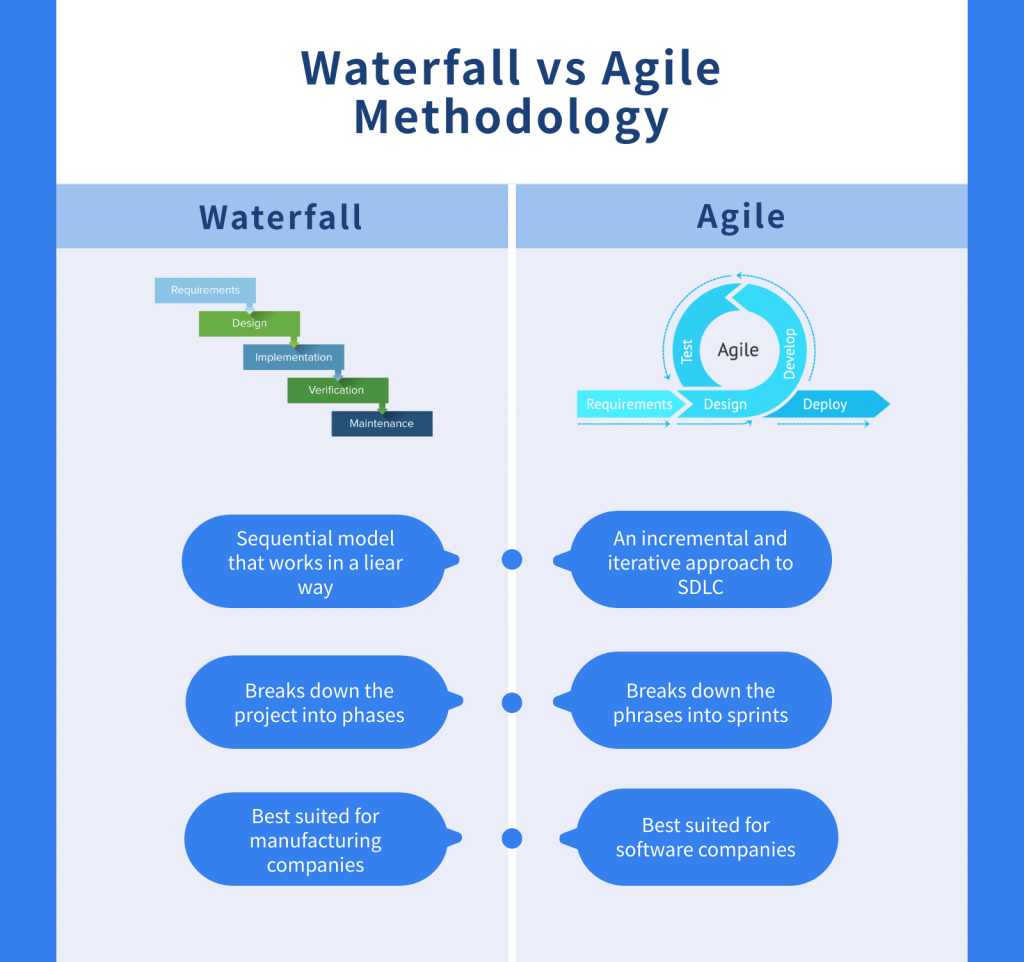
Waterfall vs Agile? Which is the best methodology? This is a question that you will surely have once you start finding a suitable methodology for your project. Now there is no straight answer to this since both these methodologies are good and best at different aspects. But just to make it more clear for you to decide, here's a comparison of the waterfall and agile methodology.
- The waterfall is a linear and sequential approach to project management while Agile offers a more flexible incremental and iterative approach.
- Waterfall models accomplish the project by dividing them into several phases and breaking down the works. Agile gets a project done by dividing it into sprints.
- Agile Project Management introduces a product mindset with a focus on customer satisfaction; Waterfall focuses on successful project delivery.
- Project requirements are gathered at the start of the life cycle in Waterfall. However, they are prepared in every sprint in Agile.
- Agile allows the change on a certain requirement at any time; once the project starts Waterfall does not allow any changes.
- Agile is best suited for projects where changes are needed frequently and clients don't always have a clear vision of the final product. The waterfall model is perfect for industries where the final product is fixed and predictable before the project is completed.
For your convenience, here is a table showing the difference between Waterfall and Agile methodology-
| Topic | Waterfall Methodology | Agile Methodology |
|---|---|---|
| Approach | Linear and sequential | Flexible, incremental, and iterative |
| Project Execution | Work moves through fixed phases | Work is divided into short sprints |
| Focus | Successful delivery of a defined project | Continuous improvement and customer satisfaction |
| Requirement Gathering | Done once at the start | Updated and refined in every sprint |
| Change Management | Changes are not allowed once development begins | Changes can happen anytime |
| Best For | Projects with predictable, fixed outcomes | Projects with evolving needs or unclear goals |
| Client Involvement | Limited after initial requirements | High involvement throughout the process |
| Risk Management | Risks discovered late in the cycle | Risks identified early and often |
| Delivery Style | One final release | Frequent releases or iterations |
From the comparison above you can choose your preferred methodology. However, if you have a software project agile is perhaps the better choice for you. For industries like manufacturing, the waterfall is the better choice, because in those cases you will know all the requirements of the project upfront. But in the end, it all depends on the demands of your project, so make your decision according to that.
Who Uses the Waterfall Model?
The Waterfall process is adopted by project managers who are faced with development projects that:
- Don’t have ambiguous requirements.
- Offer a clear picture of how things will proceed from the outset.
- Have clients who seem unlikely to change the scope of the project once it is underway.
If a project manager prefers clearly defined processes, where cost, design, and time requirements are known upfront, then the Waterfall method is the way to go, as long as the project itself is conducive to those constraints.
WP Project Manager: A Reliable Tool to Perfectly Implement the Waterfall Methodology
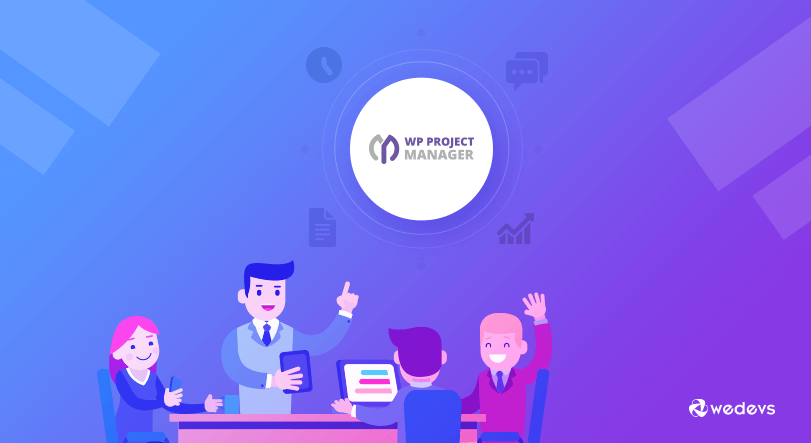
If you have a small to medium-scale business, then there's a perfect project management tool for you. Yes, we are talking about WP Project Manager (WP PM).
WP Project Manager is a WordPress-based project management tool that has all the features to streamline your SDLC. If you are planning a project that you want to accomplish using waterfall methodology, then WP PM has all the features equipped. The key features include –
Creating Multiple Projects: Does your company have multiple projects at a time? WP PM lets you create unlimited projects and task lists.
Setting up User Roles: You can set the user roles for each user of a project while creating. With WP PM you have the ability to give each user a specific set of custom access permissions.
Gantt Chart: To create a sequential work process, the Gantt Chart is a must. WP PM's Gantt Chart feature lets you plan, schedule a project and create a project flow with ease. Which perfectly complements the Waterflow methodology.
Dashboard: Do you need a birds-eye view of the whole project? Like where the project is waiting right now, the current progress, and calendar-based visualization of your overall project.
Overall Progress Report: If you want a much detailed report, you can always go for the overall progress report, which is pretty comprehensive.
Apart from these, there are lots of other features that will come in handy if you want to manage your project following waterfall methodology. What's more, the price of the WP PM is very affordable. There is also a free version, which you can find on the WordPress repository. However, to get all the advanced features, you need to have the premium version that starts at just $79/year!
Wrapping Up
To run a project smoothly, you must follow organized ways. The common term for these organized ways is “SDLC” or “System Development Life Cycle”. There are quite a few SDLC methodologies that exist. Depending on the type of project (software, machinery, food processing, etc.) you might need to choose your preferred SDL methodologies.
Waterfall methodology is one of the most popular SDLC models that is used in a range of industries. Developing a project using Waterfall methodology takes multiple steps, the flow of the project almost seems like a natural waterfall. We have shown you the ways to develop a project using waterfall methodologies. We have also let you know how using WP Project Manager, you can efficiently implement a project using waterfall methodologies.
Waterfall methodology can be implemented perfectly if you use project management software. Project management software helps keep track of the progress of your project at any time. With the help of the Kanban Board, and Gantt Chart, supervisors can also find the progress and dependencies for every task. WP Project Manager can be the right partner to ease your workflow.
If you still have any questions regarding waterfall methodologies, don't forget to comment down below.
